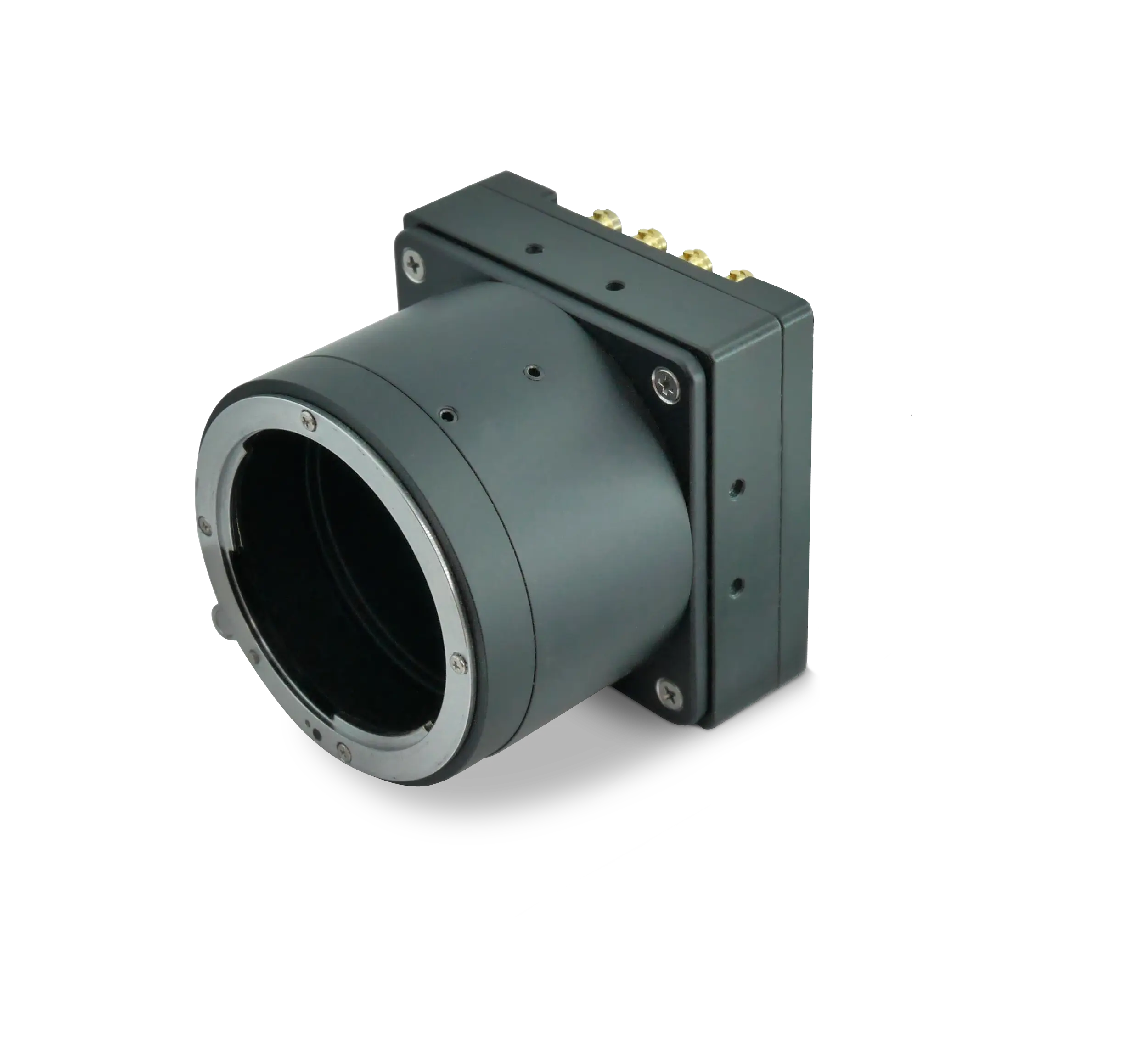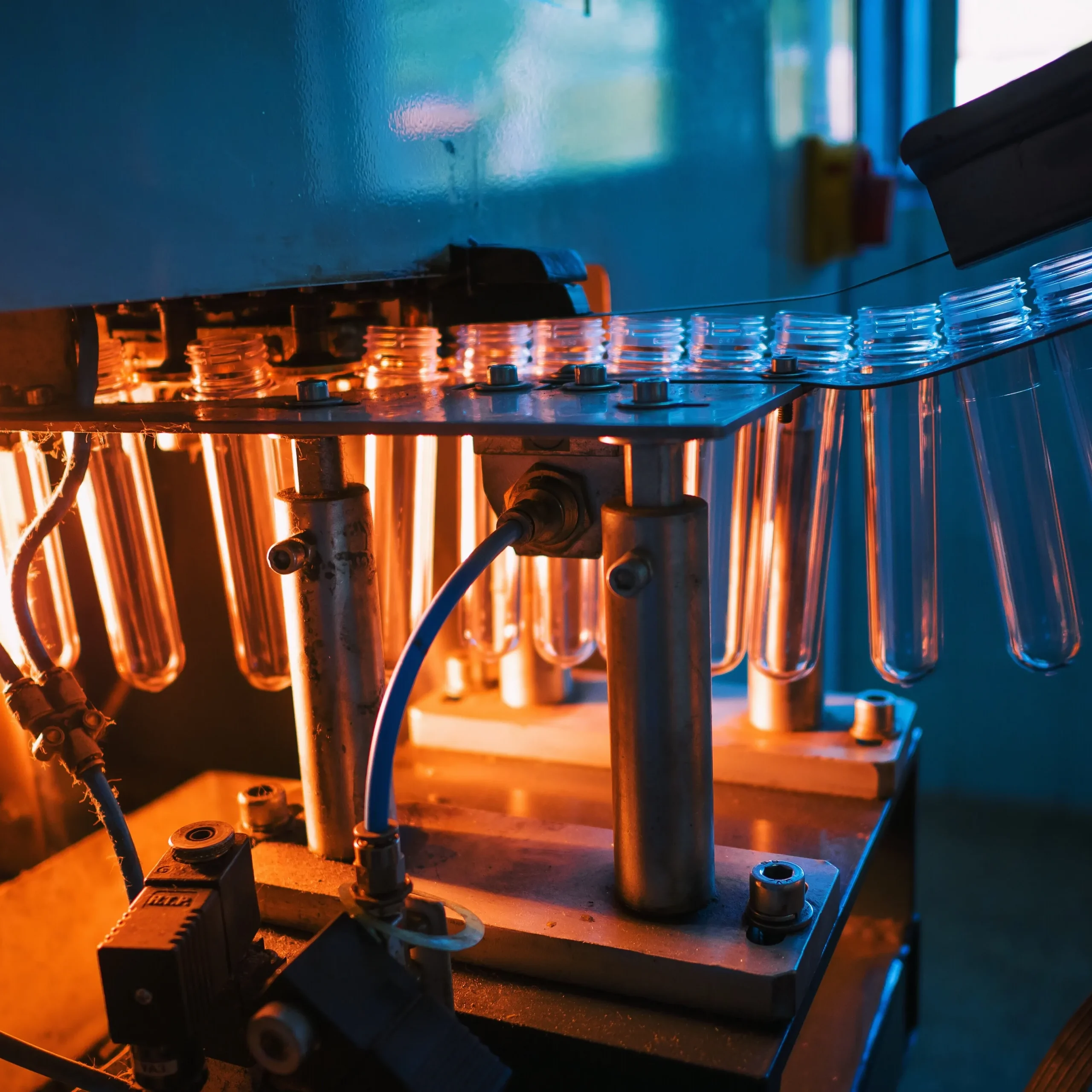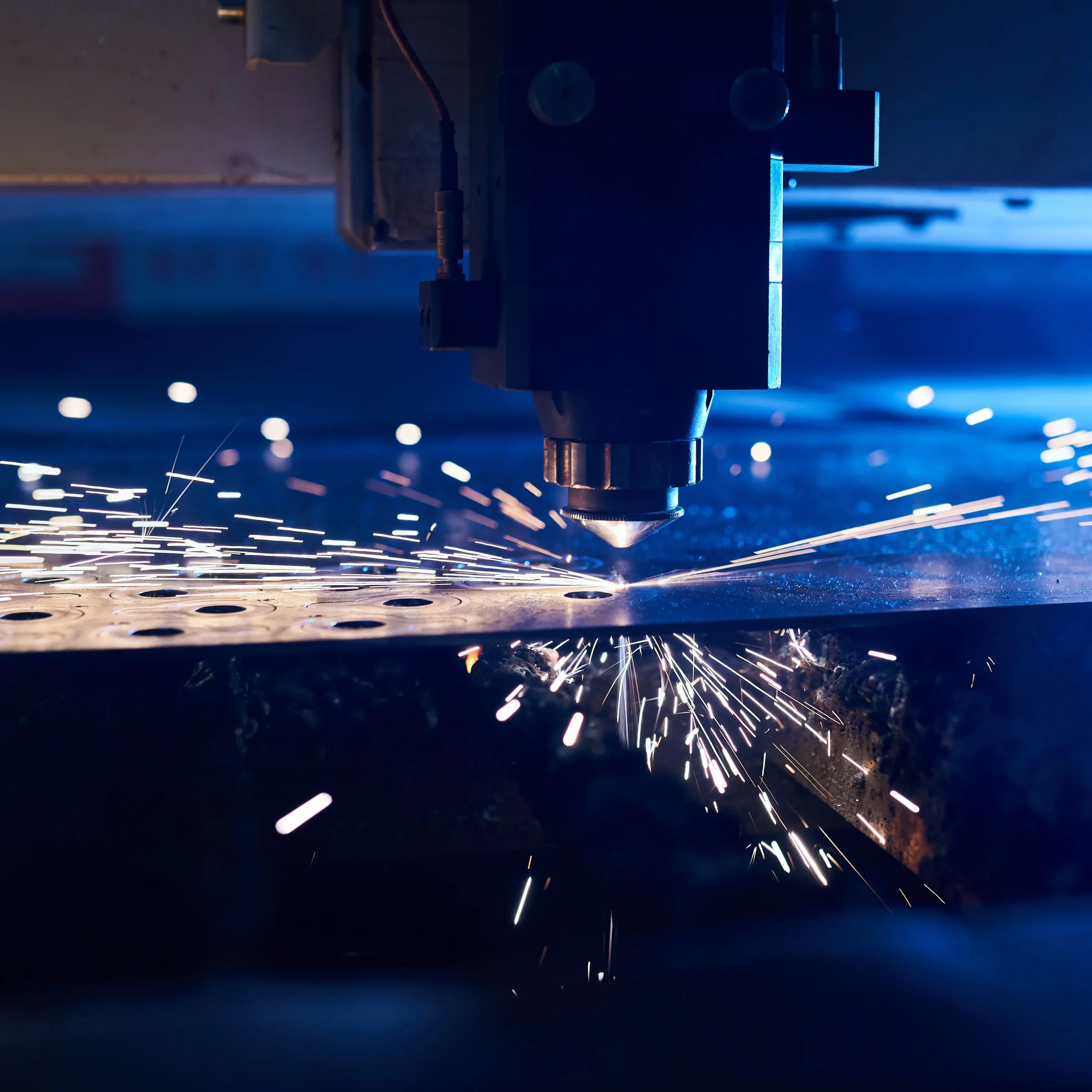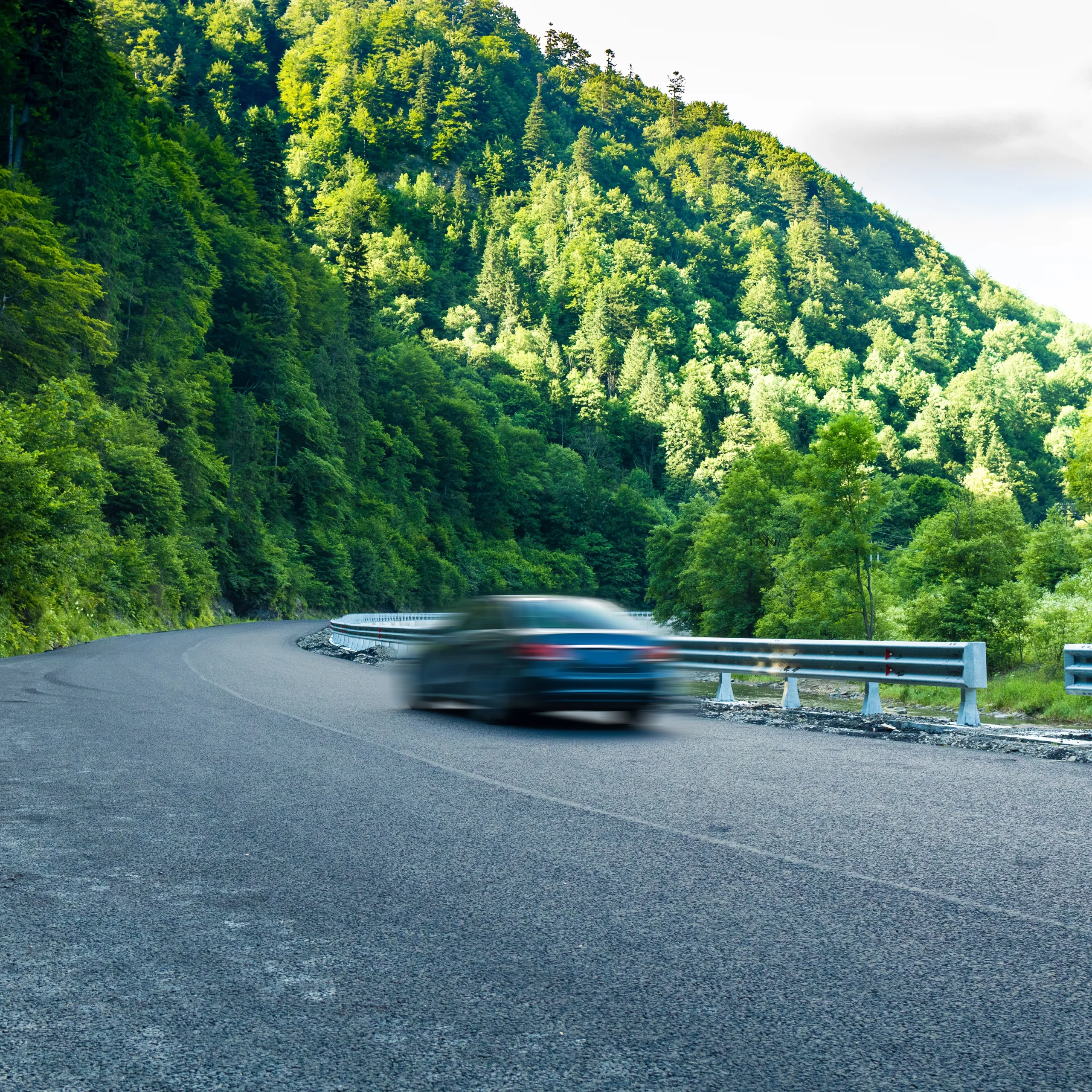Autonomous surface vessels (ASVs) promise faster, safer and more economical operations for scientific research, defense, offshore energy and commercial shipping. Yet before an uncrewed craft can cross a busy harbor or ride through a gale it must see the world as clearly as a seasoned mariner. That mission-critical perception depends on autonomous-vessel vision cameras that keep working in spray, storm and corrosive salt air while supplying data fast enough for real-time decision making. KAYA Vision’s Iron family delivers exactly that combination of durability, speed and image quality through rugged CoaXPress imaging.
The harsh-sea imaging challenge
An ASV is buffeted by waves, vibration, wide temperature swings and constant UV exposure. Cameras sit on masts or under radomes where every connector is a potential failure point. At the same time marine navigation machine-vision workloads—collision avoidance, berth approach, object tracking, situational awareness—demand uncompressed, low-latency streams that Ethernet can struggle to deliver. CoaXPress over copper or fiber meets the transport need, but only if the camera itself is sealed, shock-qualified and thermally stable.
KAYA Vision designed the Iron line from the ground up for rugged deployment. All Iron models share a CNC-milled enclosure with optional IP67 sealing and MIL-STD-810G shock and vibration compliance. Large heat-dissipating sidewalls eliminate fans so there are no moving parts to fail. Combined with Power-over-CoaXPress (PoCXP)—available on both copper and fiber variants—a single locked connector carries power, triggers and up to 12.5 Gbps per lane so installers avoid bulky junction boxes on deck.
CoaXPress advantages offshore
- Deterministic 6.25/12.5 Gbps links for sub-microsecond trigger-to-image latency.
- Up to 100 m with passive coax or multi-kilometer runs when using CoaXPress over fiber—ideal for tall masts and below-deck processing rooms.
- Bidirectional uplink for camera control, firmware updates and health monitoring.
- Native support in marine AI frameworks via the GenICam standard.
These traits make rugged CoaXPress imaging the transport layer of choice for next-generation ASV builders who cannot compromise on timing or bandwidth.
Iron 5514 BSI: high-speed clarity in all light
Obstacle-avoidance radars can miss small floating debris; machine vision fills the gap. The Iron 5514 BSI pairs a 5.5 µm global-shutter sensor with backside illumination technology to reach a quantum efficiency greater than 85 %—even at twilight when many camera systems turn grainy. At 275 fps over four CXP-12 lanes, the frame stack remains sharp enough for optical-flow and SLAM algorithms that demand temporal coherence. A dynamic range exceeding 77 dB prevents bloom when sunlight reflects off whitecaps, while the built-in LUT lets developers fine-tune contrast before data leaves the vessel for shoreside analysis.
Marine conditions also require flexible I/O. The Iron 5514 BSI provides one opto-isolated input, one opto-isolated output and TTL lines that can drive high-power LEDs during night runs. Four general-purpose timers and counters simplify deterministic sequencing so the vessel’s central computer can focus on path planning rather than sensor orchestration. Importantly, power draw stays below 11 W, enabling compact sealed housings without active cooling.
Iron CoF 2020 BSI: fiber freedom for long hulls
Large research vessels or offshore service craft often route sensor cabling through steel bulkheads spanning 50 m or more. Copper coax loses headroom at such distances, while marine electromagnetic interference can corrupt signals. The Iron CoF 2020 BSI resolves both issues by integrating a CoaXPress-over-Fiber Bridge 1.0 engine directly inside the camera. Users plug a standard SFP+ module—single-mode 1310 nm for kilometer-class links or 850 nm multimode for short runs—then stream 74 fps of full 2k × 2k imagery back to the GPU rack with optical immunity to lightning-induced transients.
Despite the optical link, the unit weighs less than 100 g and consumes under 4.5 W, letting integrators mount it on agile pan-tilt gimbals that compensate for pitch and roll. Its rolling shutter with global reset delivers 90.5 dB of dynamic range, capturing both foam-bright crests and deep troughs in one exposure. When paired with KAYA’s protective lens tube, the camera achieves IP67 so a splash—or even temporary submersion—won’t end the mission.
Key performance parameters for ASV perception
- High frame rate—Maintains overlap in visual-inertial odometry even at 20 knots.
- Global or low-distortion exposure—Prevents skew that confuses ML models during fast yaw corrections.
- Wide dynamic range—Captures shaded decks and sparkling horizons in one shot.
- Edge-ready output—10/12/24-bit pixels feed CNNs without lossy compression.
- Mechanical reliability—Shock 75 G and vibration Category 20 certification align with demanding maritime classes.
Machine-vision applications beyond collision avoidance
1. Automatic docking – Real-time visual servoing steers the craft toward mooring posts, guided by corner-detection algorithms running on high-frame-rate feeds.
2. Environmental monitoring – The Iron cameras’ wide dynamic range helps detect oil sheen on water surfaces, feeding data into pollution mapping services.
3. Survey payload alignment – Optical markers tracked by the CoaXPress cameras ensure multibeam sonars stay calibrated despite hull flex.
4. Search and rescue support – UV-enhanced variants spot reflective life jackets beneath spotlights, improving detection probability in heavy seas.
Maintaining reliability over years at sea
The true cost of a marine-navigation vision system is downtime. Every Iron model undergoes Telcordia-based MTBF analysis exceeding 2.1 million hours, and board thermistors report internal temperature over GenICam so operators receive early warnings of blocked vents or failing power supplies. Optional nickel-plated housings mitigate galvanic corrosion when bolted to aluminum masts, and firmware field-loading permits security updates without physical access—vital for vessels stationed in remote Arctic deployments.
Should a camera need replacement, standard micro-BNC or SFP+ modules mean engineers can swap units in minutes using off-the-shelf parts from the onboard spares kit. Unique serial numbers embedded in CoaXPress discovery registers let fleet managers track service history across dozens of ASVs.
Regulatory and cybersecurity considerations
International Maritime Organization guidelines for Maritime Autonomous Surface Ships emphasize functional safety and data integrity. KAYA firmware validates bitstreams on boot and supports encrypted control channels over the CXP uplink, reducing the attack surface compared with open Ethernet. The Iron cameras’ EMC performance—certified to EN 55024 Class B—ensures coexistence with critical radio equipment while maintaining uncorrupted image fidelity, accelerating classification under DNV or Lloyd’s Register technology assessments.
Future-proof by design
As sensor-fusion stacks evolve toward 8k vision and multispectral imaging, the Iron architecture offers headroom. Copper models already operate at CoaXPress 2.1 CXP-12 and can output up to 24-bit data for HDR workflows without a bandwidth upgrade, while fiber variants have a migration path to Bridge 2.0 that will double throughput on the same single-mode strand. That scalability protects early adopters from obsolescence and keeps capital budgets in check.
